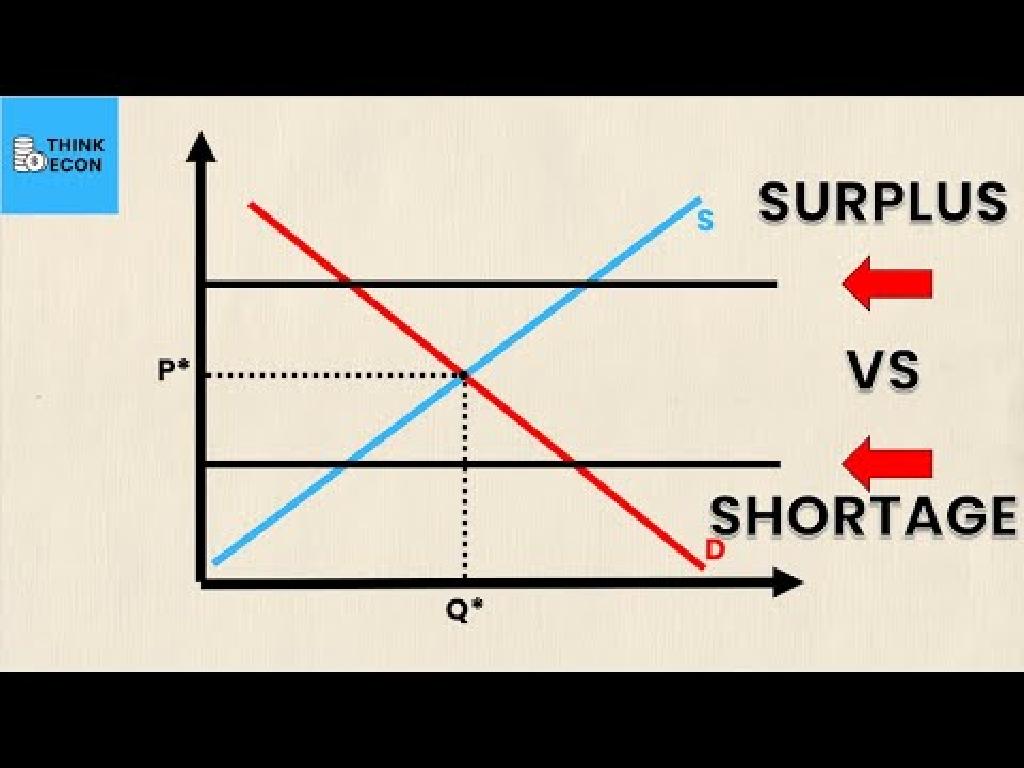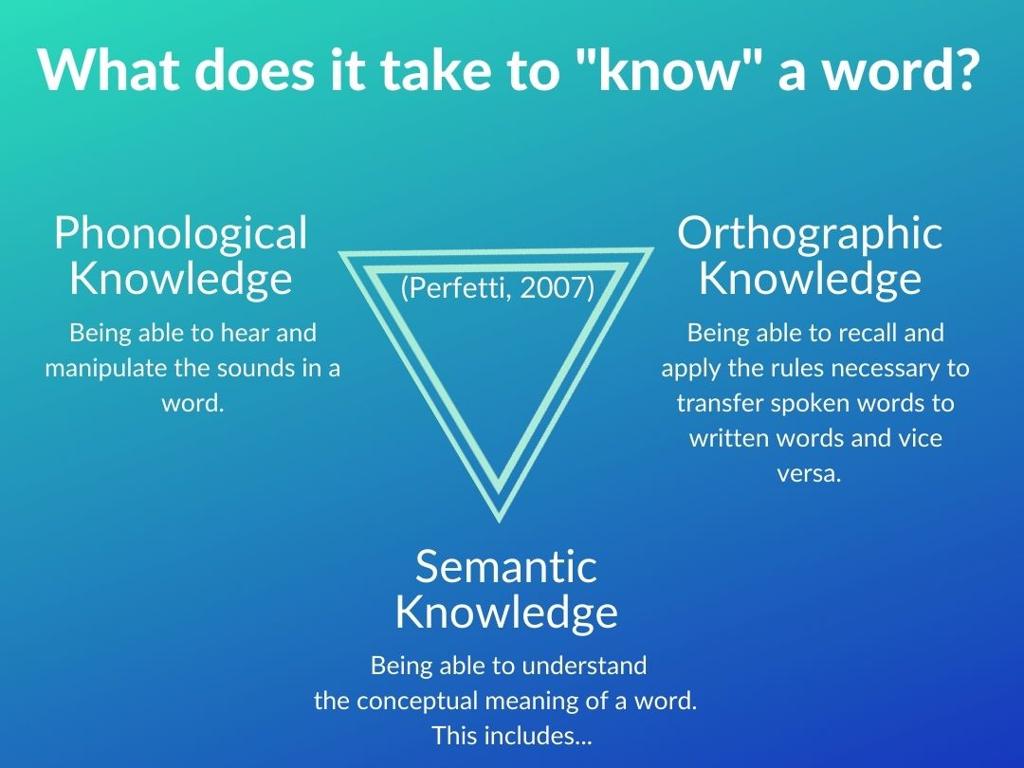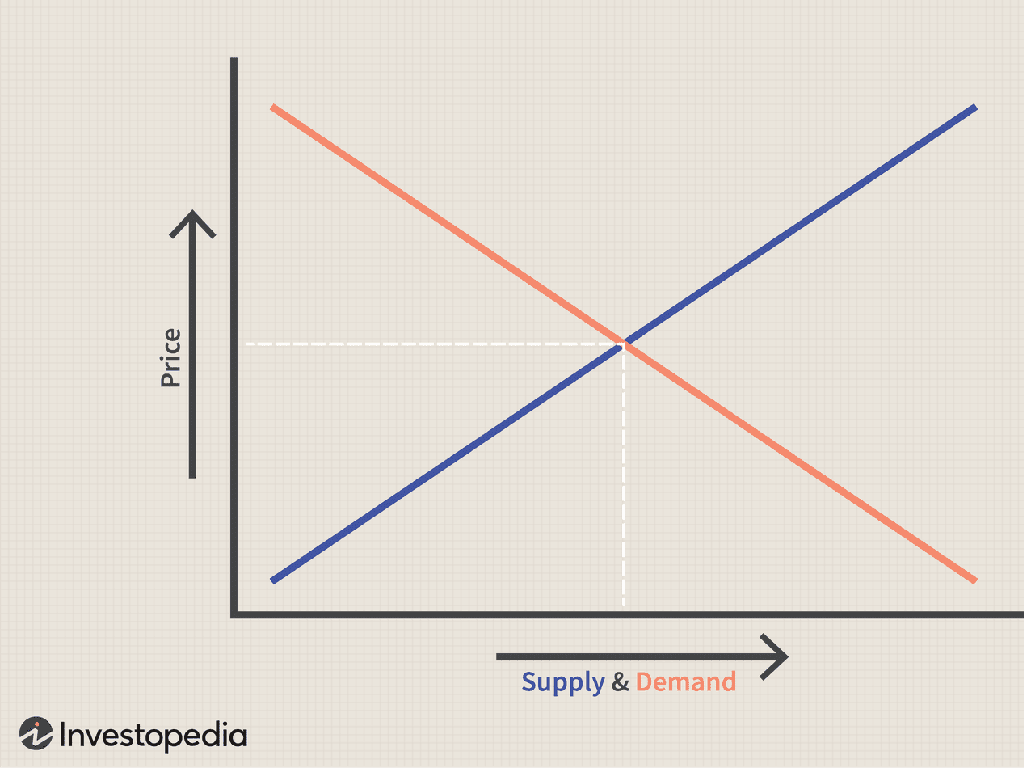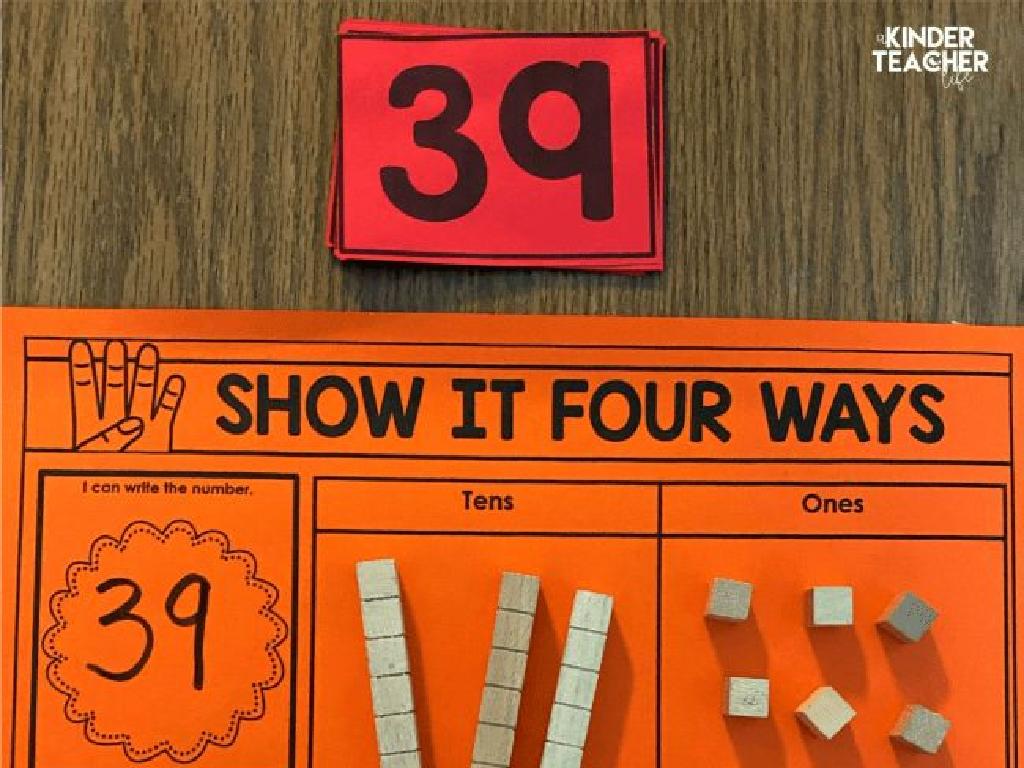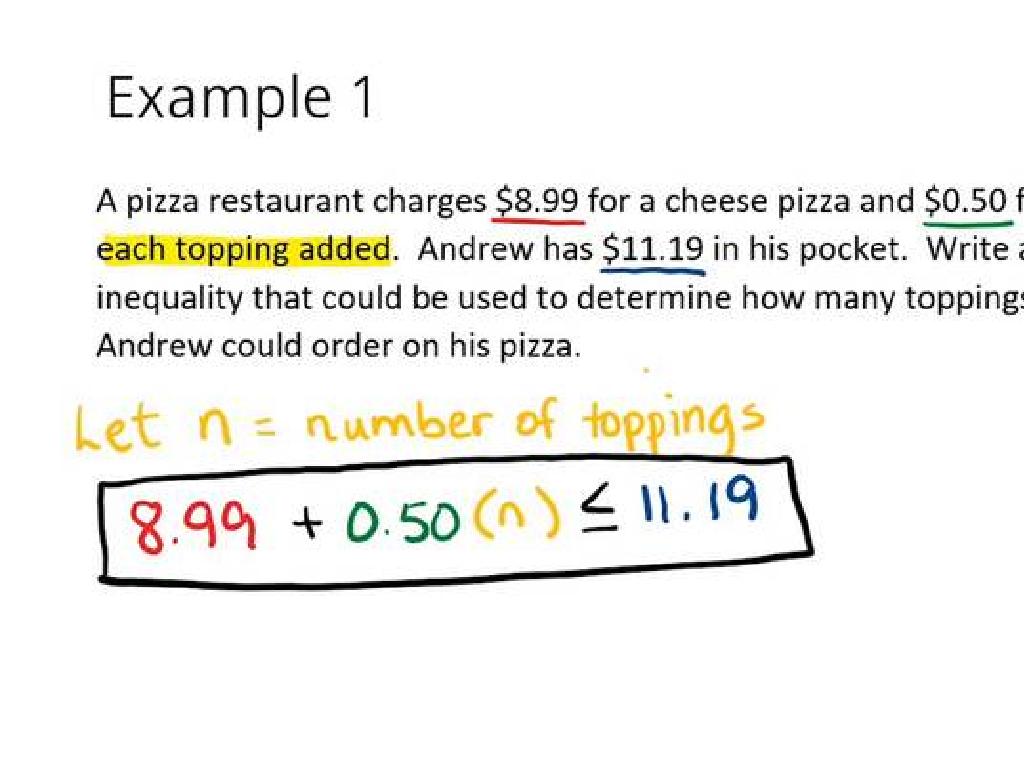Use Time-Order Words
Subject: Language arts
Grade: Second grade
Topic: Linking Words
Please LOG IN to download the presentation. Access is available to registered users only.
View More Content
Time-Order Words in Sentences
– Understanding linking words
– Discovering time-order words
– Words like ‘first’, ‘next’, ‘then’, ‘finally’
– Importance in sentence structure
– They help us understand the sequence of events
– Examples of time-order words
– ‘First I ate breakfast, then I went to school’
|
This slide introduces the concept of linking words, with a focus on time-order words, to second-grade students. Linking words connect ideas and help sentences flow smoothly. Time-order words are a type of linking word that describe the order in which events happen, making them crucial for storytelling and explaining processes. Examples of time-order words include ‘first’, ‘next’, ‘then’, and ‘finally’. Use simple and relatable examples to illustrate how these words function in a sentence. For instance, describe a daily routine or steps in making a sandwich. Encourage students to think of their own examples and to practice using time-order words in sentences to describe sequences of events.
Time-Order Words in Stories
– What are time-order words?
– Words that tell us when events happen
– Time-order words show sequence
– They help us understand story order
– Examples: first, next, then
– ‘First’ we wake up, ‘next’ we eat breakfast
– Using time-order in sentences
– Let’s write sentences with these words
|
Time-order words are crucial for understanding the sequence of events in a story. They help us to follow along with what is happening and when. For second graders, it’s important to introduce these words with clear examples and to practice using them in sentences. Start with simple, everyday routines as examples, like getting ready for school, and encourage the students to use these words to tell their own stories. This will help them grasp the concept of chronological order and improve their storytelling and writing skills.
Time-Order Words in Stories
– Understanding time-order words
– Words that tell us the sequence of events
– Story example with time-order words
– ‘First, I woke up. Next, I brushed my teeth. Then, I went to school.’
– Identifying time-order words
– Words like ‘First’, ‘Next’, ‘Then’ show order
– Practice finding time-order words
|
This slide introduces second-grade students to the concept of time-order words, which are essential for understanding the sequence of events in a story. Start by explaining that time-order words are special words that help us know the order in which things happen. Use the simple story in the slide to illustrate how these words function. Ask the students to identify the time-order words ‘First’, ‘Next’, and ‘Then’ in the example. Encourage them to think of other time-order words they might know. As an activity, have students practice finding and using time-order words by arranging a series of pictures or sentences into the correct order.
Using Time-Order Words
– Time-order words in instructions
– Example: Making a sandwich
– Step-by-step sandwich with time-order words
– ‘First’, ‘Next’, ‘Then’, ‘Finally’
– Words that tell us the order of steps
– Helps sequence events clearly
– Makes instructions easy to follow
|
This slide introduces the concept of time-order words and their importance in writing clear instructions. By using the example of making a sandwich, students can easily grasp how ‘first’, ‘next’, ‘then’, and ‘finally’ help in sequencing the steps. Emphasize that these words act as signals to the reader, indicating the order in which things happen. Encourage students to think of other examples where they can apply time-order words, such as describing their morning routine or explaining how to play a game. This will help them understand the practical use of time-order words in their daily lives.
Your Turn: Time-Order Words in Action!
– Think of a simple home activity
– Maybe making a sandwich or tying your shoes?
– Write the steps using time-order words
– Start with ‘First,’ then ‘Next,’ ‘After that,’ and ‘Finally,’
– Be ready to share with the class
– Practice telling your activity steps aloud
|
This slide is an interactive class activity designed to help students practice using time-order words, which are crucial for sequencing events in writing. Encourage students to think of daily routines or simple tasks they perform at home. Guide them to write down the steps involved in these activities using time-order words such as ‘first,’ ‘next,’ ‘then,’ ‘after that,’ and ‘finally.’ This exercise will help them understand how to organize their thoughts and communicate processes clearly. After writing, students should be prepared to share their sequences with the class, which will help reinforce their understanding and provide speaking practice.
Class Activity: Story Sequencing with Time-Order Words
– We’re writing a story together
– Each student receives an event picture
– Use time-order words in your description
– Words like ‘first’, ‘next’, ‘then’, ‘finally’
– Share when your event occurs in the story
|
This activity is designed to help students understand the concept of sequencing in storytelling using time-order words. Distribute different pictures to the students, each representing a different event in a story. Guide them to use time-order words such as ‘first’, ‘next’, ‘then’, ‘after that’, and ‘finally’ to describe when their event happens. This will help them learn how to organize events logically in a narrative. Encourage them to be creative and to listen to others as they share, fostering a collaborative and supportive classroom environment. Possible variations of the activity could include having students draw their own pictures, act out the events, or write sentences on a shared storyboard.
Wrapping Up: Time-Order Words
– Congratulations on learning time-order words!
– Time-order words organize events
– Words like ‘first’, ‘next’, ‘then’, ‘finally’ show sequence
– Practice them in writing and speaking
– Try using them when you tell a story or give instructions
– They make stories clear and understandable
– This helps listeners or readers follow along easily
|
This slide is a conclusion to reinforce the importance of time-order words learned in the lesson. Emphasize to the students that these words are crucial for indicating the sequence of events, which is especially important in storytelling and giving directions. Encourage them to practice using these words in both their written stories and when they are speaking, as it will help their audience to understand the sequence of events more clearly. Provide examples of sentences using time-order words to illustrate their use in context. Finally, praise their efforts in learning and applying new concepts to boost their confidence.

